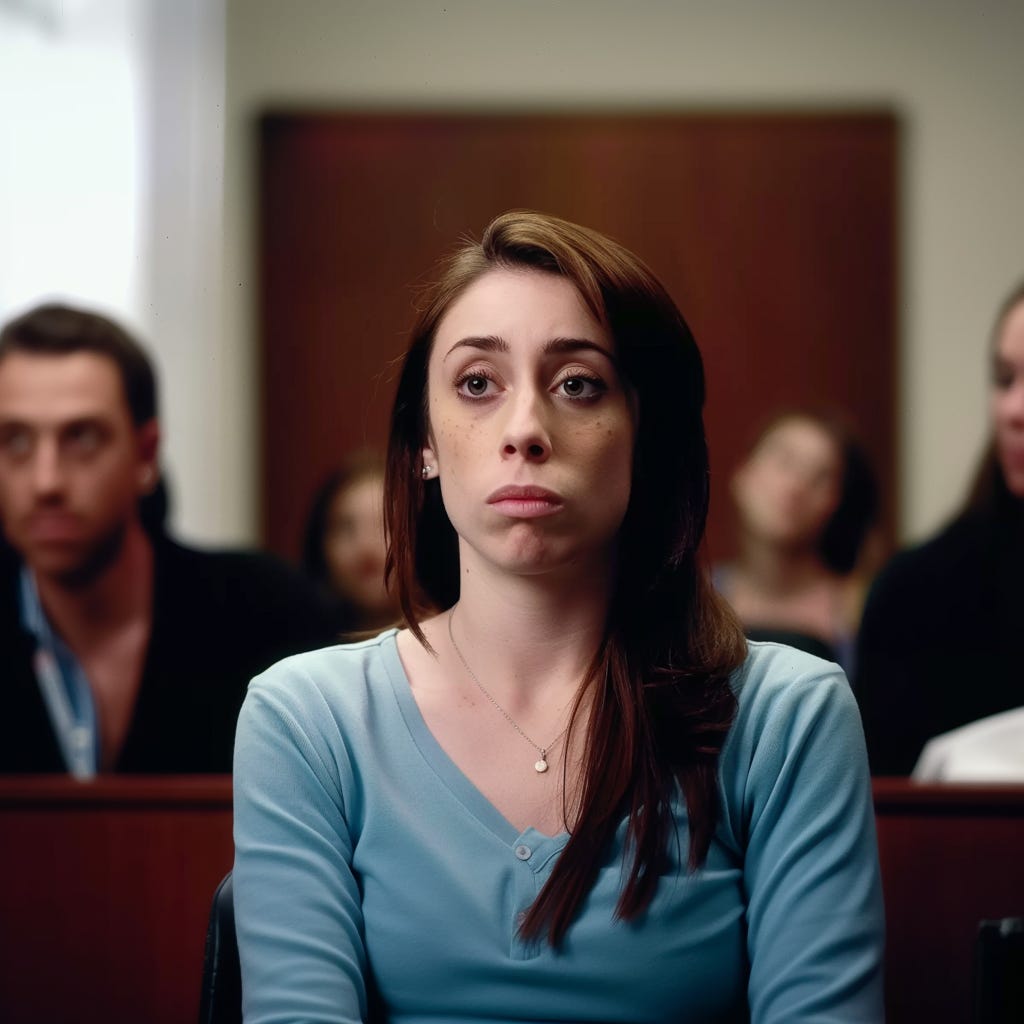Justice Denied? The Sensational Murder Trial of Casey Anthony
In 2008, the remains of missing two-year-old Caylee Anthony were discovered in a wooded area. Suspicion quickly fell on the child's young mother, Casey; her murder trial would shock the nation
Background
In July 2011, after a six-week trial, a jury determined that young single mother Casey Anthony was not guilty of first-degree murder in the death of her two-year-old daughter, Caylee Anthony.
The ruling was met with immediate shock and outrage by the press and the American public, who had closely followed the case since Caylee’s body was discovered in a plastic bag in the woods near the Anthony family home.


